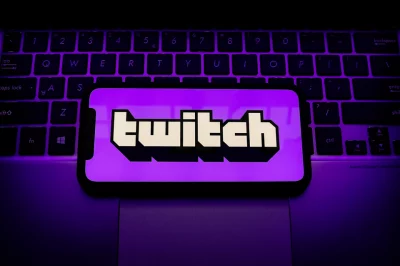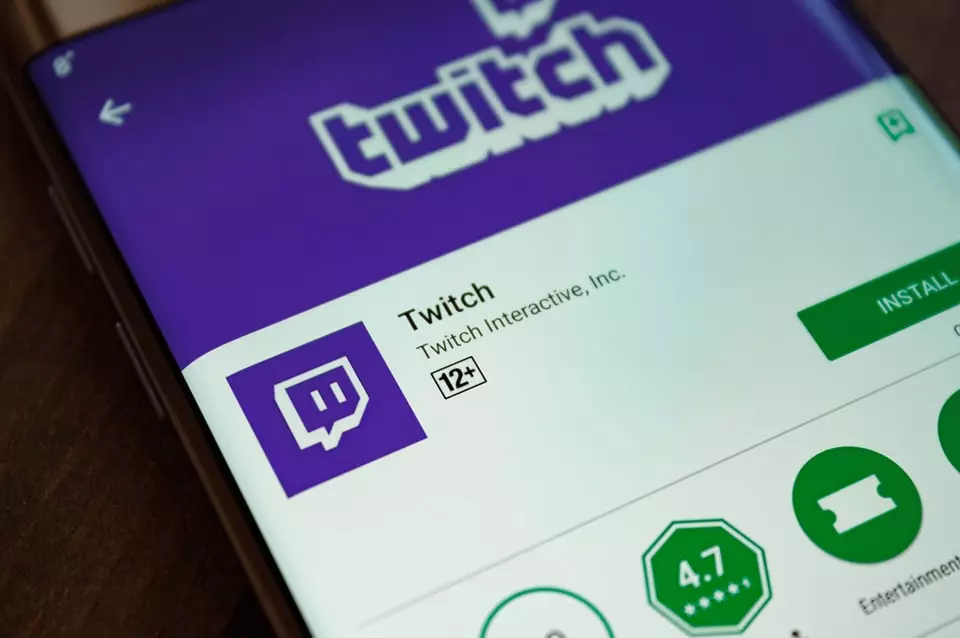 In the middle of October 2022, Twitch announced changes to its policies, under which certain gambling content got officially banned from the American interactive live-streaming service. The move caused controversial reactions at the time but was eventually praised by campaigners who have been calling for the live-streaming service to suspend gambling content on its channels.
In the middle of October 2022, Twitch announced changes to its policies, under which certain gambling content got officially banned from the American interactive live-streaming service. The move caused controversial reactions at the time but was eventually praised by campaigners who have been calling for the live-streaming service to suspend gambling content on its channels.
Recently, Casinolytics, an independent artificial intelligence-driven data science company that is focused on providing insights for the online gambling sector, released a new report that revealed the impact of Twitch’s new gambling policy update.
As CasinoGamesPro previously reported, the update in Twitch’s community guidelines was officially released on October 18th. The move resulted in updating a section called “Prohibited Gambling Content” and effectively suspends four domains from being promoted on the platform – stake.com, robot.com, duelbits.com, and rollbit.com.
When compiling the results, Casinolytics has leveraged its own data and expertise to provide more details about what has really changed since Twitch updated its policy last month. The artificial intelligence-driven company explained that based on its data from the third quarter of 2022, the American interactive live-streaming platform was the undisputed leader in live casino streaming.
Over the third quarter of the year, Twitch accounted for 95.9%, while the remaining 4.1% of the viewership was held by YouTube. According to Casinolytics report, YouTube had been the home of reviews, replays, big-win videos, as well as other gambling-related content but Twitch remained the undisputed leader in casino live streaming.
YouTube’s Reach Rises Following Gambling Ban on Twitch’s Streaming Channels
 After the implementation of the aforementioned policy update, Twitch once again confirmed that it no longer allows users to share links or affiliate codes to websites that offer dice, roulette, or slots games. Considering the differences in time zones, the new rules came into effect at a later hour in some regions, meaning that some users were still able to stream gambling content as usual for a few hours.
After the implementation of the aforementioned policy update, Twitch once again confirmed that it no longer allows users to share links or affiliate codes to websites that offer dice, roulette, or slots games. Considering the differences in time zones, the new rules came into effect at a later hour in some regions, meaning that some users were still able to stream gambling content as usual for a few hours.
In addition, Twitch’s representatives shared at the time that the US interactive live-streaming service takes into account whether its streamers encourage or use so-called virtual private networks (VPNs) to circumvent geo-location blocking tools. The live-streaming network also monitors whether the gambling platforms that are being promoted actually hold an operating license issued by competent authorities and regulators in the US.
Several years have passed since Twitch updated its policies. Now, the last report of Casinolytics claims that the American live-streaming video service remains the most popular platform for gambling content streaming, representing 74% of the reach, despite the implementation of the gambling policy update in mid-October. Still, the analysts found that Twitch’s reach decreased by over 20% in comparison to the result posted in the third fiscal quarter.
On the other hand, the popularity of YouTube increased after the aforementioned policy update by Twitch. According to data provided in Casinolytics’ report, the platform has seen an average of 40% increase in reach since the implementation of the new rules. On the other hand, the policy change pushed some users to stream simultaneously via YouTube, Twitch, and Dlive. Interestingly, the four gambling platforms that Twitch decided to ban transitioned to Dlive, along with some of the streamers.